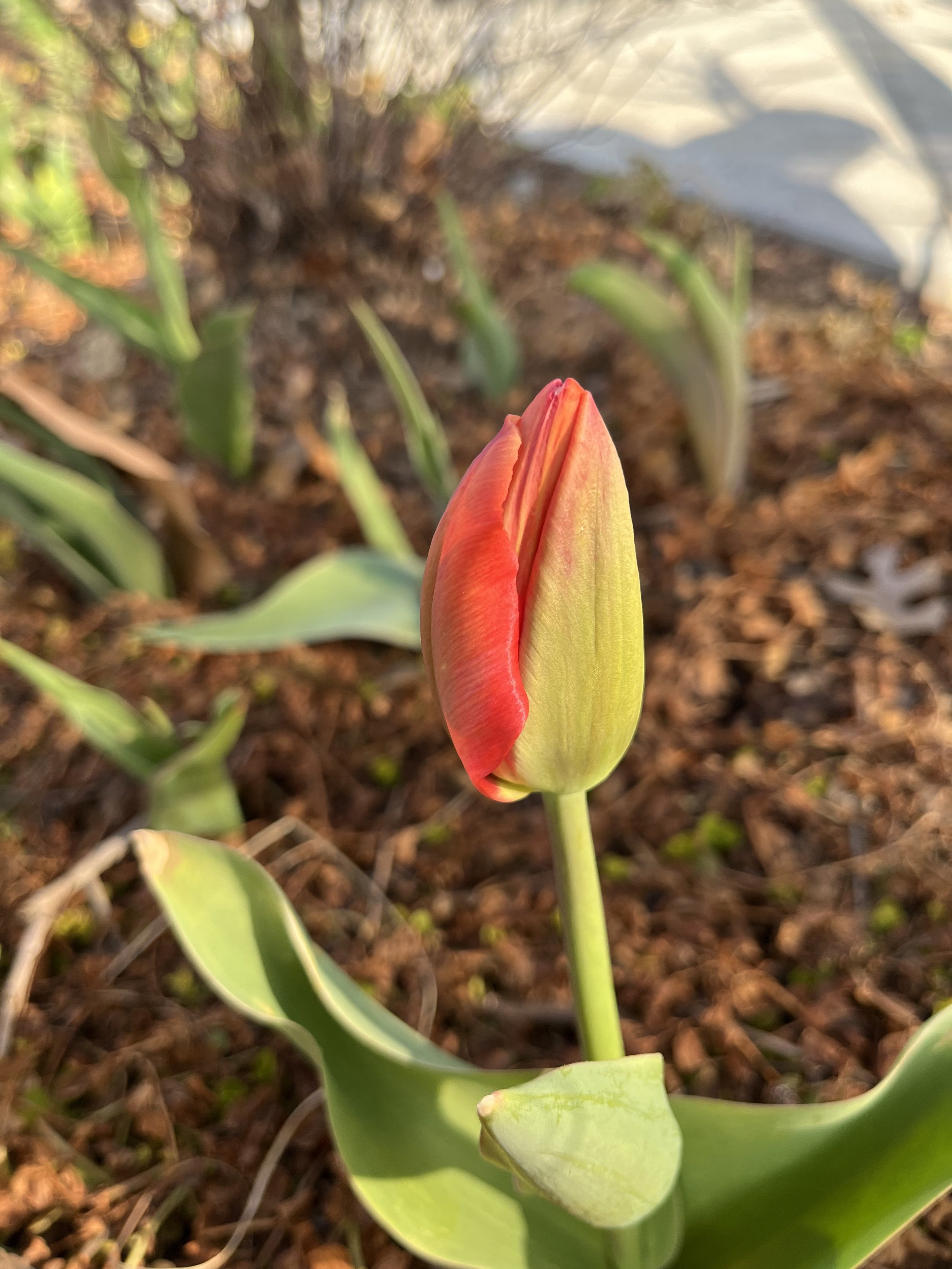When is the Right Time to Apply a Pre-Emergent Herbicide?
The short answer –
Before weeds germinate.
Ok, maybe we need the long answer –
The window for applying the first pre-emergent application is broad.
If you have already had your first application, it was done at the right time.
If you have not had your first application, you are NOT too late.
Summer annual weeds begin to germinate when soil temperatures reach 55 degrees. Mid-March is the normal time for soil temperatures to reach 55 degrees. We have seen years when soil temperatures didn’t reach 55 degrees until the last few days of March, which is what happened the last two years. And, on occasion, we have years when soil temperatures reach the point of summer annual weed germination the first week of March.
Pre-emergent herbicides create a blanket over a lawn preventing seeds from germinating on the soil surface. Pre-emergent weed controls are designed to stop weed seeds from germinating. So, as long as they are applied before weeds germinate, the timing is perfect.
To be on the safe side, the best practice is to have the first application of pre-emergent herbicides on your lawn by the first week of March.
The warmer than normal temperatures since the first of February have convinced some tulips it is time for spring.
This year, we experienced a colder than normal January with temperatures below normal 21 of 31 days. Then, the switch got flipped at the start of February with 11 of the 17 days so far this month with temperatures above average.
Trees, shrubs and even tulips are starting to think spring has arrived.
And, based on the phone calls to our office this week, the feeling of spring in the air also has many wondering if they missed the opportunity to put down a pre-emergent this year.
You haven’t. Soil temperatures are still well below 55 degrees.
The current 3-Day Average Soil Temperature in the Oklahoma City area is 45 degrees, 10 degrees below the temperature required for summer annual weeds to start germinating.
So…. If you have already had your first application, it was done at the right time.
And, if you have not had your first application, you are not too late!
Cold spells, like yesterday and today’s morning temps in the 20’s, are very common throughout February. We can expect soil temperatures to range between the mid-40’s and low 50’s in the next couple of weeks.
So, when is the right time to apply a pre-emergent herbicide to prevent summer annual weeds?
Anytime in January, February or early March before weeds germinate.
There is one very important factor when it comes to the effectiveness of a pre-emergent no matter when you apply it…. Water!
A critical factor in the effectiveness of a pre-emergent application is water.
Because crabgrass is an annual grassy weed, without a spring pre-emergent even the best lawns will have crabgrass this summer.
Watering in the application activates the herbicide creating a barrier. A best practice is to water within 2-3 days of when the application is made. But, quality herbicides still retain effectiveness as long as they are watered in within 10-14 days.
Good news this winter… Since early January metro area lawns have benefited from 4 to 5 really good winter rainfalls, just right for moving pre-emergent herbicide into the soil creating a barrier against weed germination.
There are a lot of factors that go into creating your best lawn, but the most critical at this time of year is the application of the spring pre-emergent before weeds germinate.
One indicator that soil temperatures are warm enough for summer annual weeds to start germinating is bright yellow blooms of forsythia.
Even though we have had plenty of spring like days, forsythia has not started to burst with yellow yet.
Two More Important Weed Control Details:
1. Pre-emergent herbicides are not designed to control existing weeds in your lawn. If you have weeds in your lawn now, a post-emergent grassy weed killer or a broadleaf weed killer must be applied. Weeds commonly present in lawns now are winter annuals best prevented with the fall and early winter pre-emergent applications. Control now is possible, but the sooner an application is made, the better the results will be.
Best Practice – A clean lawn in January and February is the result of effective fall pre-emergent applications.
The best way to have a weed free lawn in February is to never skip the fall pre-emergent applications.
2. The pre-emergent barrier gradually weakens over the season from foot traffic, mowing and periods of heavy rain. The edges of the lawn are the first to break down. Additionally, summer annual weeds continue to germinate throughout the season. It is recommended a second pre-emergent application be made mid-March to early May for season long prevention.
Best Practice – A second pre-emergent application 6-8 weeks after the first application will provide season long prevention of summer annual weeds.
So, when is the right time to apply a pre-emergent herbicide?
If you have received the first application of the season, you did it at the right time.
If you have yet to receive the first application, you perfect…there is still time to prevent summer annual weeds!
If you have any questions about pre-emergent applications, please give us a call!
Lorne Hall
Hall | Stewart Lawn & Landscape
(405)367-3873







